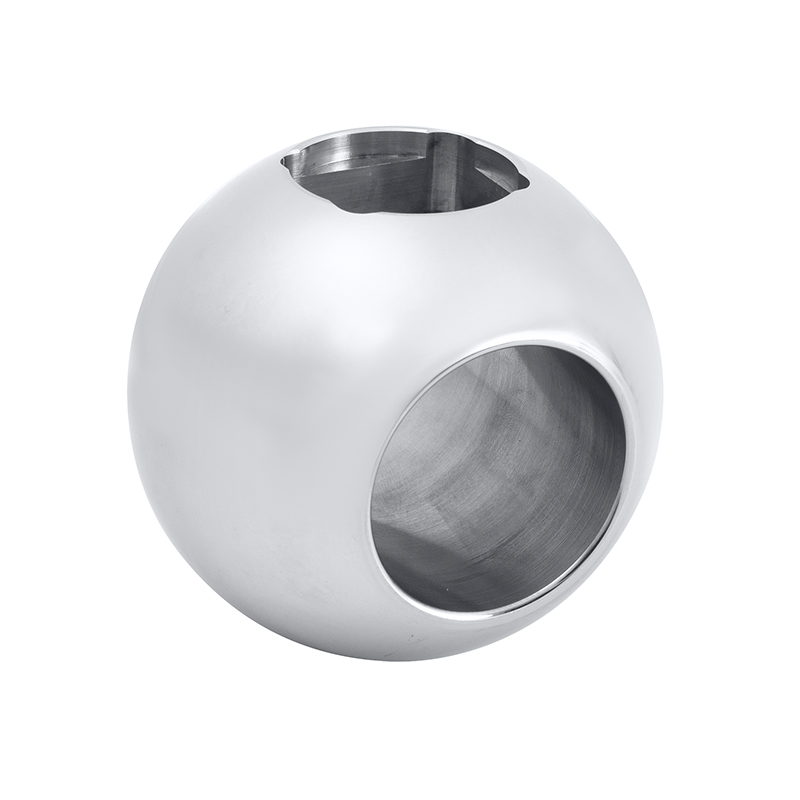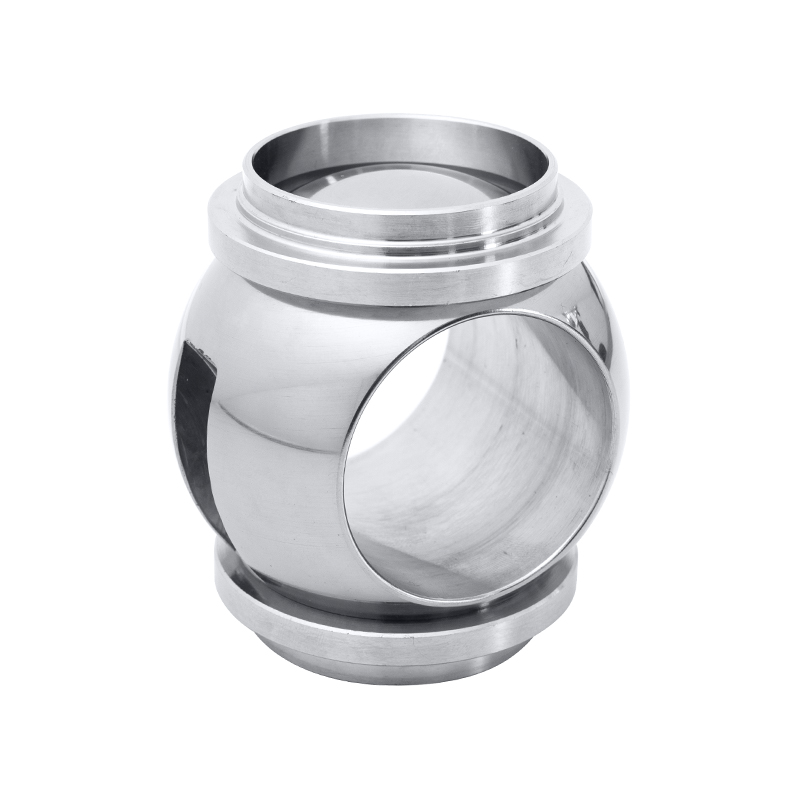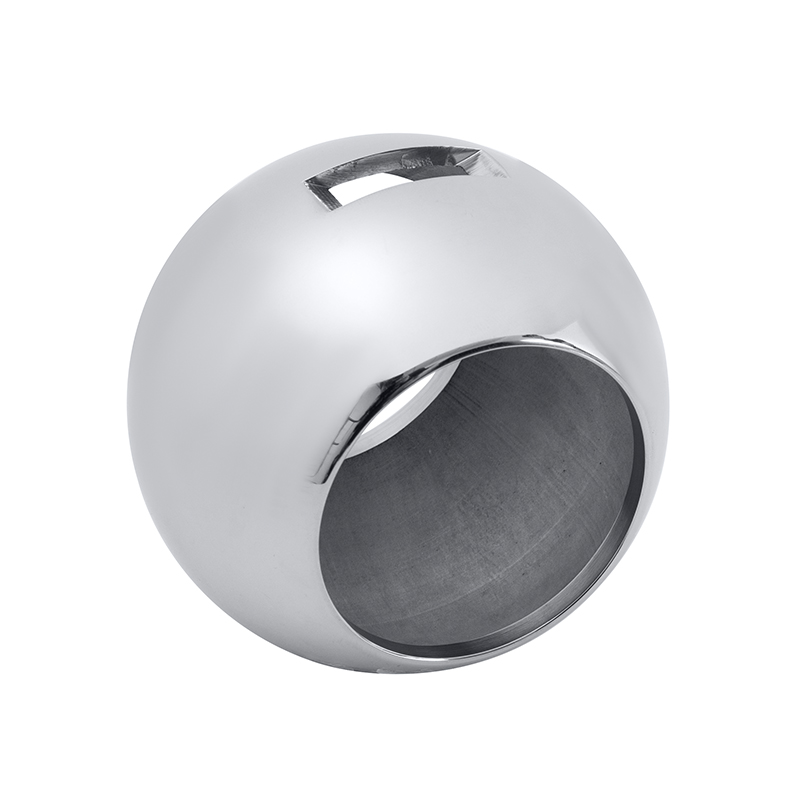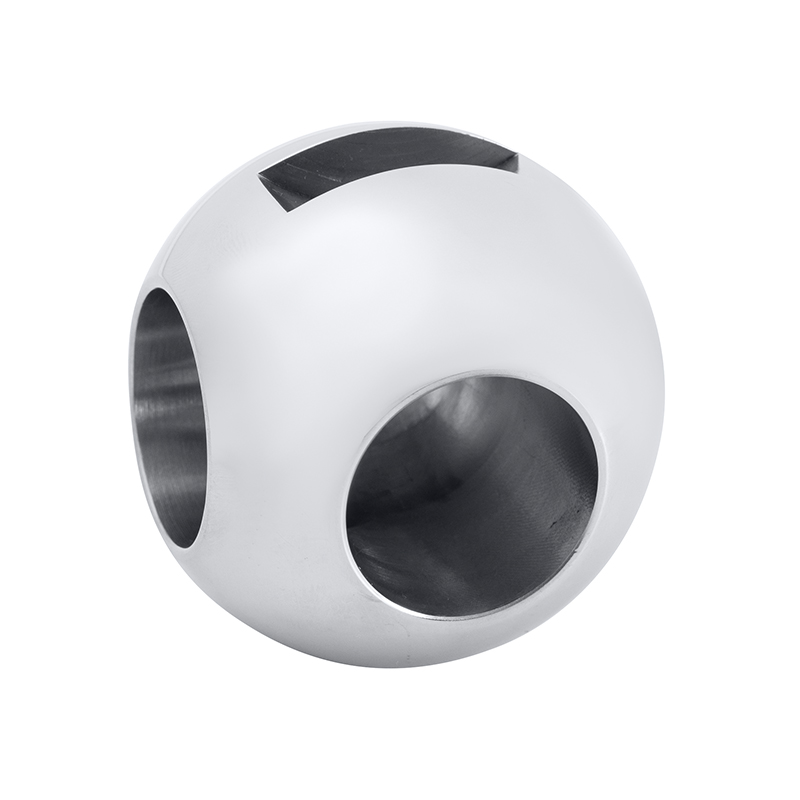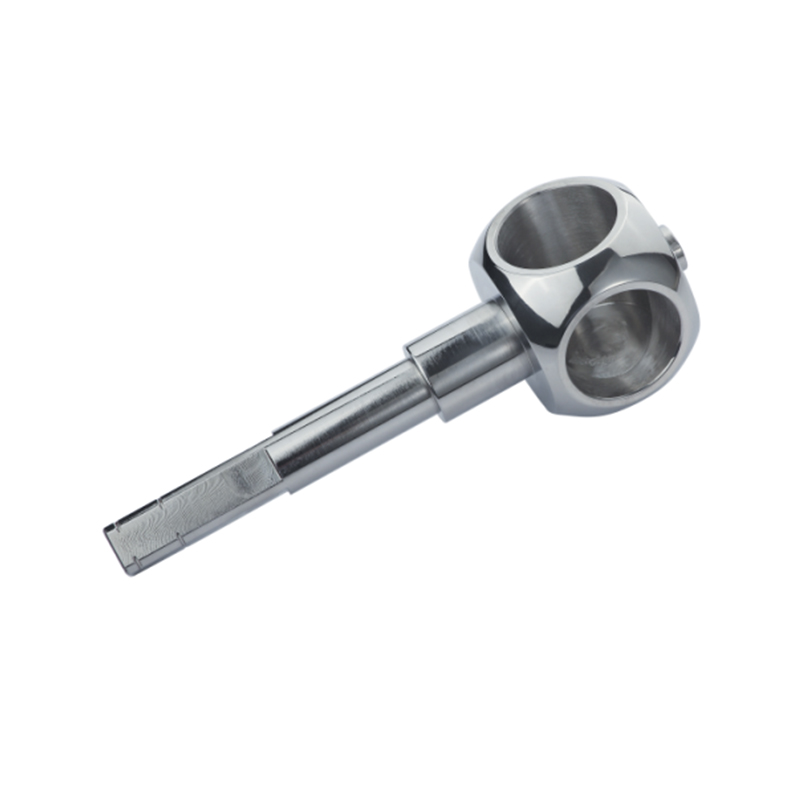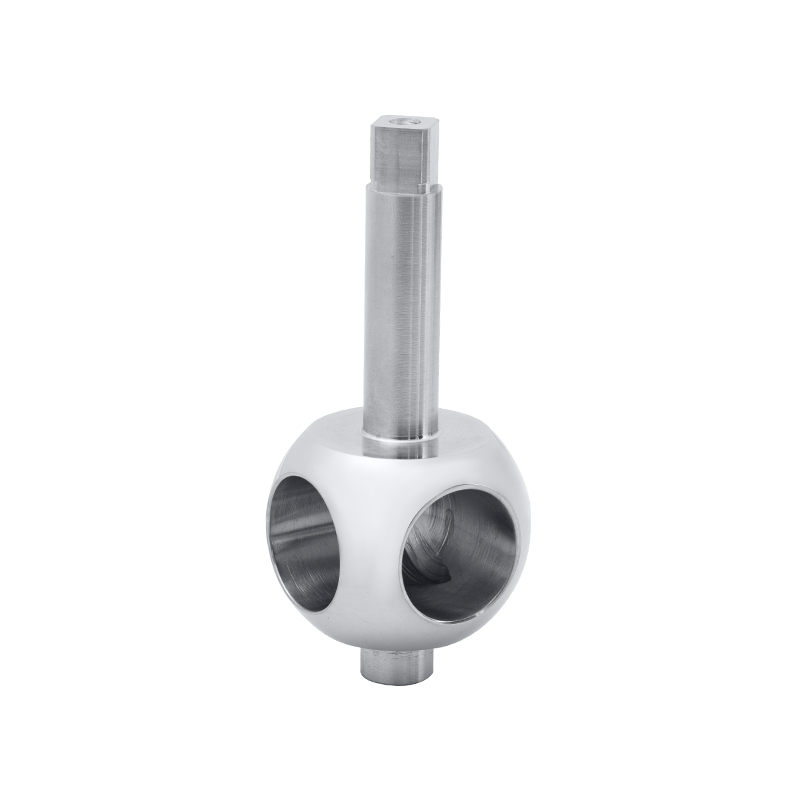Ball valves are widely used in various industrial and commercial applications due to their durability, ease of operation, and reliable sealing capabilities. Specifically, 3 full port ball valves and steel ball valves are among the more commonly applied types in pipeline systems, water treatment plants, oil and gas industries, and HVAC installations. Proper maintenance of these valve assemblies is essential to ensure their long-term performance, safety, and cost-effectiveness. This article provides practical and comprehensive maintenance guidelines tailored for these specific types of ball valves.
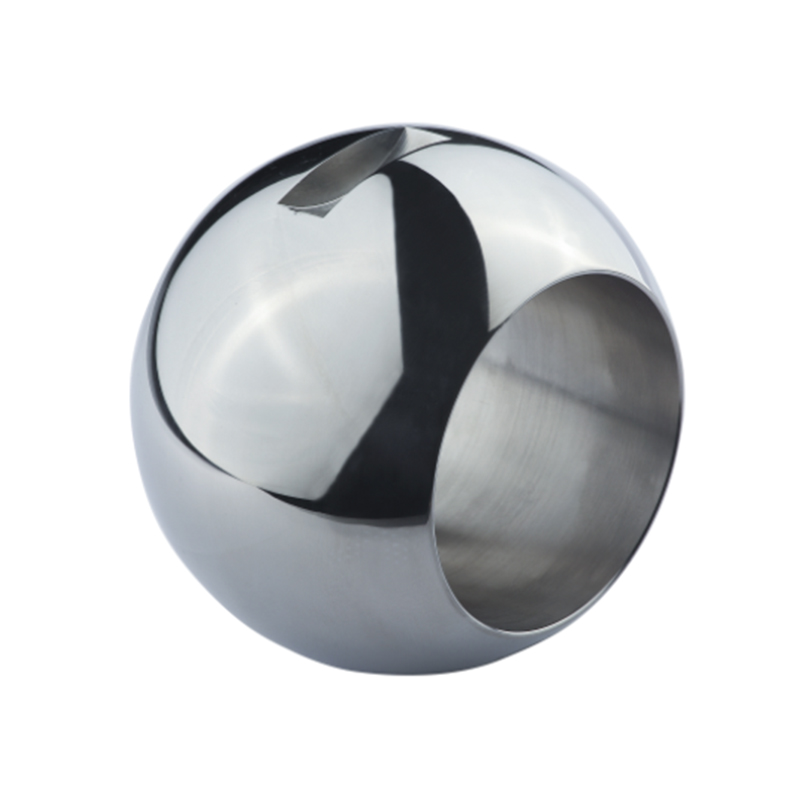
Understanding the Components
Before diving into maintenance procedures, it is important to understand the basic structure of 3 full port ball valves and steel ball valves. A 3 full port ball valve has an internal diameter equal to the pipeline size, which allows unrestricted flow and a small pressure drop. This makes them particularly suitable for applications requiring high flow efficiency. Steel ball valves, often made from stainless or carbon steel, are designed for strength, resistance to high temperatures, and durability under corrosive conditions.
Both types typically consist of a body, ball, stem, seats, and handle. The ball inside rotates to control the flow, with a bore through its center that aligns or blocks fluid when turned. The sealing seats ensure a tight closure when the valve is in the off position.
Routine Inspection
Regular inspection is the cornerstone of maintaining valve performance. Here are the key steps:
Visual Checks: Examine the exterior for signs of corrosion, leakage, or physical damage. Steel ball valves may exhibit rust or scale if exposed to moisture or chemicals over time.
Operational Testing: Operate the valve through full open and closed cycles to check for stiffness, misalignment, or excessive torque. A 3 full port ball valve should turn smoothly without resistance.
Leakage Monitoring: Look for leakage from the stem or body joints. If leakage is detected, it may indicate worn-out seals or improper installation.
Cleaning Procedures
Periodic cleaning helps remove debris that could hinder valve function.
Disassembly: Shut off the fluid supply and depressurize the line. Disassemble the valve carefully, following the manufacturer’s guidelines.
Internal Cleaning: Remove buildup, sediment, or scale inside the valve using a soft brush or cloth. For steel ball valves, avoid using harsh chemicals that may damage the metal surface.
Lubrication: Lubricate the stem and ball with a suitable valve lubricant to maintain smooth operation and reduce wear.
Seal and Seat Maintenance
Seals and seats are crucial for maintaining a leak-free seal. Over time, they may wear out due to temperature, pressure, or chemical exposure.
Inspection: During disassembly, inspect the seats and seals for cracks, deformation, or wear.
Replacement: If any damage is found, replace them with components compatible with the valve material and intended application. Be sure the new parts are seated properly to avoid misalignment.
Reassembly and Testing: Reassemble the valve carefully, ensuring proper torque on bolts and fittings. After installation, perform a pressure test to verify that the valve is functioning correctly without leakage.
Preventive Measures
Prevention is better than repair. Here are some measures to extend the service life of 3 full port ball valves and steel ball valves:
Avoid Over-Tightening: Applying too much force when closing the valve can deform the ball or damage the seat, pilot to leaks.
Use in Appropriate Conditions: Match the valve material with the medium being transported. Steel ball valves are suitable for high-pressure and corrosive environments, but even they have limits.
Proper Storage: If valves are not immediately installed, store them in a dry, clean place away from moisture or direct sunlight.
Schedule-Based Maintenance: Establish a maintenance schedule based on the usage frequency and fluid type. Regular check-ups reduce the likelihood of unexpected failures.
Troubleshooting Common Issues
Stiff Operation: This could be due to corrosion, buildup of debris, or insufficient lubrication. Disassemble, clean, and lubricate the valve.
Leakage Around Stem: Usually caused by worn stem seals. Replace seals and verify correct stem alignment.
Internal Leakage: If fluid passes through when the valve is closed, the ball or seat may be damaged. Inspect for scoring or wear and replace as needed.
Maintaining 3 full port ball valves and steel ball valves requires a systematic approach involving inspection, cleaning, lubrication, and timely replacement of worn parts. A well-maintained valve ensures reliable system performance, reduces downtime, and lowers operational costs. By following the guidelines outlined above, operators can keep their valve assemblies in proper working condition for extended service life.

 English
English Español
Español Deutsch
Deutsch
